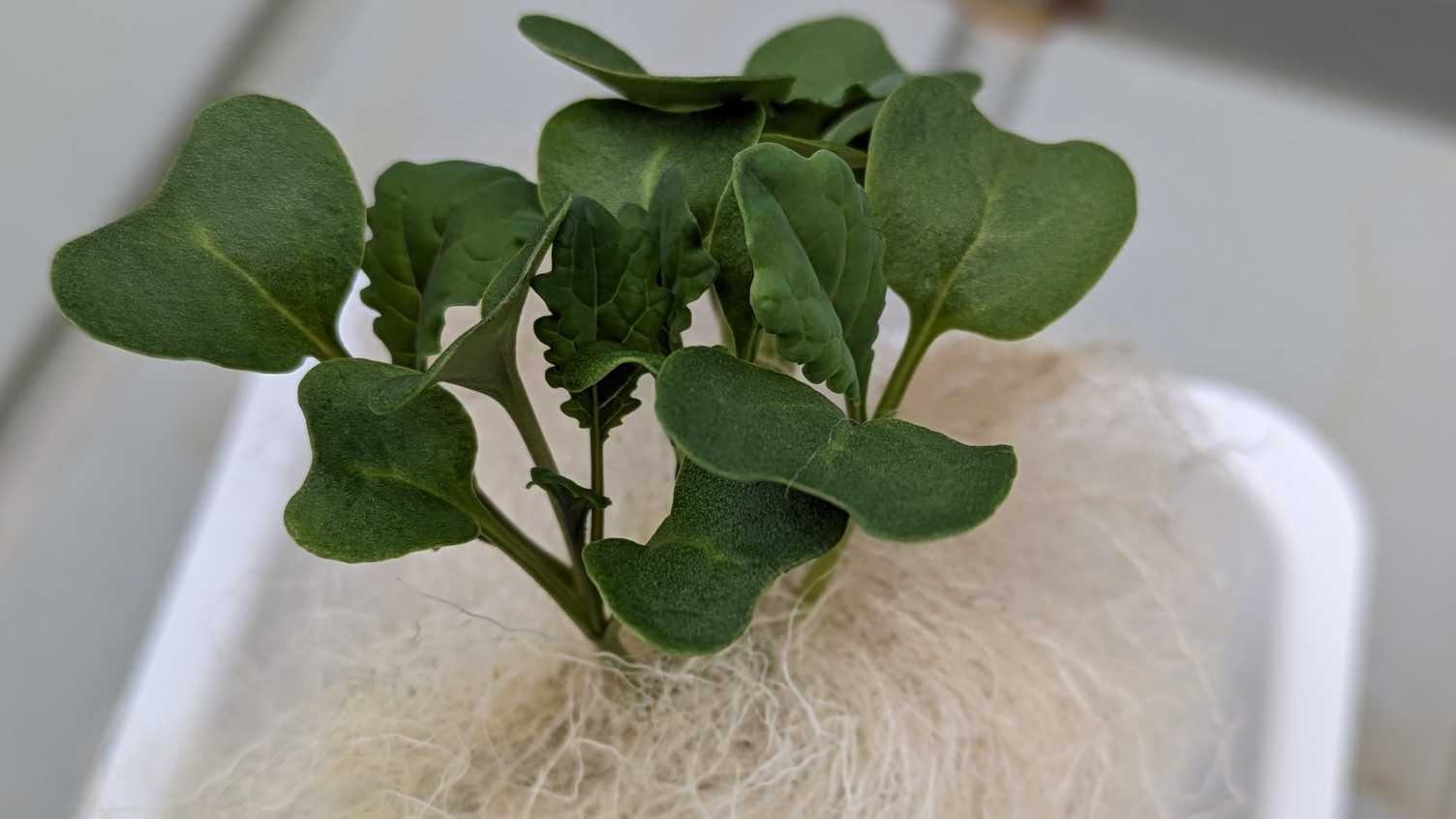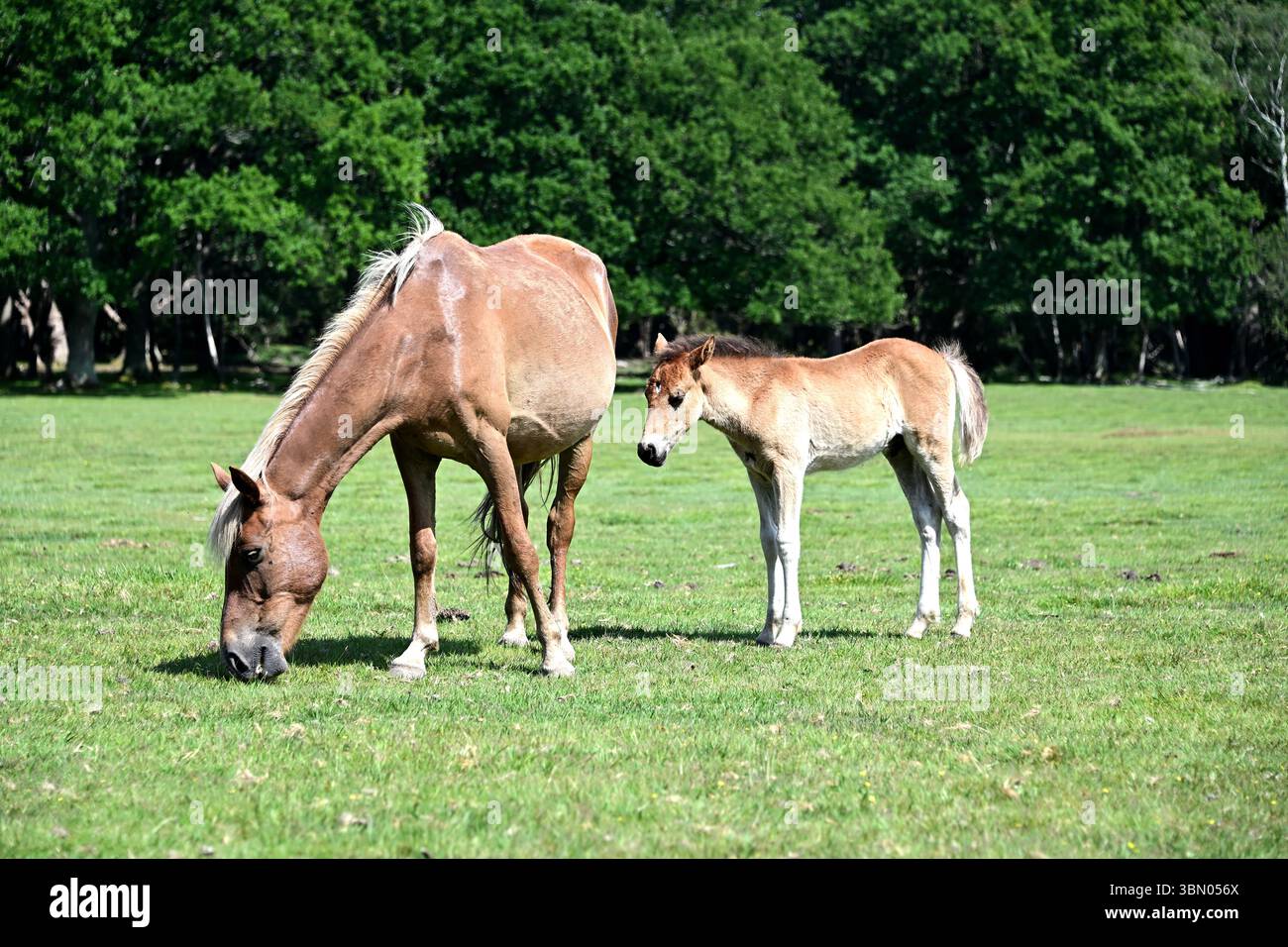Who Is The New Alien Baby Actor? Unraveling The Mystery
The world of cinema, particularly science fiction, often holds its secrets close, yet the public's curiosity for fresh faces and groundbreaking roles just keeps growing. So, it's almost natural for whispers to start when a new, rather unique character appears on the horizon, sparking questions like, "Who is the new Alien baby actor?" This particular query, you see, has been echoing through fan communities and online forums, creating quite a buzz. People are genuinely eager to find out more about the performer bringing such an iconic, and perhaps a little unsettling, presence to life on screen. It really shows how much we care about the details behind our favorite stories.
There's something quite special about the creatures and characters that inhabit the 'Alien' universe. They have, in a way, always captured our imaginations, from the terrifying Xenomorph to the more recent, equally memorable beings. Each new addition to this cinematic family tends to generate a lot of discussion, and a new "alien baby" role is certainly no exception. It’s a role that typically requires a blend of physical performance, perhaps some advanced puppetry, and a whole lot of special effects magic, making the identity of the person or team behind it quite a fascinating topic for many.
As we often see with big film productions, details can be quite scarce, especially when it comes to roles that are meant to be a surprise or hold a certain mystique. This kind of secrecy, while frustrating for eager fans, sometimes adds to the excitement and anticipation. It’s almost like a puzzle waiting to be solved, with bits of information slowly becoming available, or sometimes not at all, leaving us to wonder and, you know, speculate a little about who might be involved in such a distinctive and memorable part.
Table of Contents
- The Mystery Behind the Performer
- Unconfirmed Details and Speculation
- The Art of Bringing Creatures to Life
- The Impact of a New Alien Presence
- What the Future Might Hold for This Role
- Frequently Asked Questions
The Mystery Behind the Performer
When it comes to a role as specific and, frankly, as visually distinct as an "Alien baby," the identity of the actor or performer involved can often be shrouded in a good deal of secrecy. It's not like casting a typical human character, where an announcement might come early in the production cycle. For creature roles, the process can be quite different, sometimes involving specialized performers or even a team of puppeteers and effects artists. This makes the search for "Who is the new Alien baby actor?" a bit like trying to establish a new connection when the server name is localhost, you know, it's right there, but you can't quite get in without the right permissions or information.
Information about these kinds of roles tends to emerge slowly, if at all, before a film's release. Sometimes, a production team might choose to keep the details under wraps to preserve the magic of the creature, or perhaps to build anticipation. It’s very much like when you're trying to add a new column into your original data source; you need to know the structure, the type, and where it fits, but if you don't have access to the schema, it’s a bit of a challenge. Fans are, quite understandably, eager for any tidbit, any hint, that might shed light on who is behind the latest terrifying, or perhaps surprisingly endearing, alien infant.
The process of bringing such a creature to life often involves a lot more than just one person. It could be a performer in a suit, a complex animatronic puppet, or even a fully digital creation. And, in some cases, it’s a combination of all these elements, working together to achieve the desired effect. The question then becomes, is there a single "actor" in the traditional sense, or is it a collaborative effort that, in a way, builds a new array of talent? This is why, you see, the search for a definitive answer can be a bit tricky, with many avenues to explore and very few clear paths.
Biography: Unconfirmed Details
As of today, there's no official, publicly released information about a specific actor or performer named for the role of a "new Alien baby." This role, if it exists in an upcoming project, remains a closely guarded secret, much like trying to find a setting in Microsoft Edge to change the default new tab URL – it seems like it should be there, but it’s remarkably elusive. Any details available are purely speculative, drawn from fan theories or unconfirmed reports.
| Name: | Unconfirmed / Not Publicly Disclosed |
| Role: | Hypothetical "Alien Baby" Character (Details pending official announcement) |
| Known For: | Currently, no specific credits associated with this role. |
| Birthdate: | Unknown |
| Nationality: | Unknown |
| Height: | N/A (Likely a creature suit, puppet, or CGI) |
| Notable Works: | No confirmed works in this specific role. |
Unconfirmed Details and Speculation
Given the absolute lack of official announcements, any talk about "Who is the new Alien baby actor?" is, quite frankly, built on speculation and fan discussions. It's a situation where people are trying to append new data into a new data frame, but the old data frames are just not available, so you're sort of making educated guesses. Enthusiasts often look for clues in casting calls, production leaks, or even cryptic social media posts from those involved with a project. Sometimes, a tiny detail, like a particular type of movement or a subtle sound, can send fans down a rabbit hole of theories about who might be contributing to the creature's performance.
One common theory suggests that roles like this are often filled by specialized creature performers or puppeteers who have a background in bringing non-human characters to life. These individuals possess a unique set of skills, including flexibility, endurance, and a deep understanding of how to convey emotion or menace through non-verbal means. It's a bit like creating a new service name with a binpath; you need a very specific path to the executable, and it has to be just right for it to work. The precision required is immense, and the talent involved is truly remarkable.
Another line of thought considers the possibility of advanced animatronics or computer-generated imagery (CGI). In modern filmmaking, the boundaries between practical effects and digital effects are constantly blurring. So, it could be that the "actor" is, in fact, a team of digital artists and animators, carefully crafting every twitch and gurgle. This kind of work, you know, is about as complex as converting \\r\\n into new lines using regular expressions; it requires a deep technical understanding and a lot of careful execution to get it just right.
It's also worth noting that sometimes, for these types of roles, the "actor" might be someone who has previously worked on other creatures or monsters in the 'Alien' series or other similar films. There's a certain institutional knowledge that builds up, and studios often prefer to work with individuals or teams who understand the specific demands of such a demanding role. This is, in a way, like having a queue of integers that you're working through; you process one, then the next, building on previous experiences to tackle new challenges.
The very nature of this kind of role, where the performer is often hidden beneath layers of latex, silicone, or digital effects, means that public recognition can be slow, or even non-existent. It's not always about the fame for these performers; it's often about the craft and the joy of contributing to a memorable cinematic experience. Yet, for fans, knowing who is behind the creature adds another layer of appreciation to the artistry involved. It's a question that, you know, just keeps coming up, because people are genuinely curious about the talent involved.
The Art of Bringing Creatures to Life
Bringing an alien creature, especially a "baby" version, to life on screen is a true art form that blends various disciplines. It’s not just about acting; it involves design, engineering, and a deep understanding of movement and physiology, even for something entirely fictional. You could say it's about as intricate as creating a new environment in Anaconda, where you're setting up all the necessary components and dependencies to make something function perfectly. Every single detail, from the texture of the skin to the way it breathes, contributes to the overall effect.
Historically, the 'Alien' franchise has been celebrated for its groundbreaking practical effects, particularly the work of H.R. Giger. These practical effects often involved performers in suits or complex puppets, giving the creatures a tangible, physical presence that many viewers find incredibly compelling. The shift towards more CGI has been noticeable in recent years, but there's still a strong appreciation for the physicality that a performer can bring. It's a constant debate, really, about what works best, and each approach has its own strengths and weaknesses.
When a performer is inside a creature suit, they are not just moving; they are embodying the character, conveying emotion and intention through subtle shifts in posture and movement. This requires incredible physical control and a deep connection to the character, even if that character is a non-human entity. It’s a bit like trying to add a new key to an existing dictionary; you need to understand the structure and how new elements fit in, even if there isn't a simple .add() method. The performer has to become one with the suit, making it feel alive and believable.
For roles that involve animatronics or puppetry, a team of skilled technicians and artists often works together to manipulate the creature. Each movement, each blink, each gurgle is carefully controlled to create a seamless performance. This kind of collaboration is, you know, truly impressive, and it's a testament to the dedication of everyone involved. It’s a lot like how developers and technologists share private knowledge with coworkers on platforms designed for teams, building something complex piece by piece through shared understanding.
The challenge for these artists is to make something alien feel real and impactful, whether it’s terrifying or, in the case of a "baby" alien, perhaps even a little vulnerable. The goal is always to elicit a strong reaction from the audience, to make them believe in the creature's existence within the story. This involves careful planning and execution, much like creating a new database in SQL Server; you have to right-click on databases and create a new database, ensuring all the parameters are set up correctly from the very beginning.
The Impact of a New Alien Presence
The introduction of any new creature into a beloved franchise like 'Alien' always carries a significant weight. Fans have certain expectations, and the design and portrayal of a new "alien baby" will undoubtedly be scrutinized. This new presence, you see, isn't just a visual element; it's a narrative device that can propel the story forward, introduce new threats, or even, perhaps, offer a different perspective on the alien life cycle. It's a bit like when you want to open a destination page in a new browser window using the target attribute of a link; it forces a new experience, a fresh look, which can be quite impactful.
The success of such a character often hinges on its believability and its ability to evoke a strong emotional response from the audience. Whether it's fear, disgust, or even a strange sense of empathy, the creature needs to resonate. If the "new Alien baby actor" (or the team behind it) manages to achieve this, then their contribution will be truly memorable, cementing their place in the franchise's rich history. It’s about creating something that feels authentic, even if it’s entirely fantastical, and that’s a pretty big ask, you know.
The discussion around "Who is the new Alien baby actor?" also highlights the general public's fascination with the behind-the-scenes aspects of filmmaking. People love to understand how the magic is made, who the unsung heroes are, and what goes into creating the illusions that transport us to other worlds. It's more than just a passing curiosity; it's a genuine appreciation for the craft and the people who make it all happen. This interest, you could say, is quite similar to how developers and technologists worldwide are reached about a product, service, or employer brand through advertising; it’s about connecting people with what they find interesting and relevant.
Every new iteration of an alien creature, especially one that is in its early stages of life, offers filmmakers a chance to explore new aspects of the Xenomorph's biology or behavior. This could mean different movement patterns, unique vocalizations, or even new ways it interacts with its environment and other characters. It’s a fresh canvas, in a way, allowing for innovation and pushing the boundaries of what we've seen before. The creative team has a chance to really make their mark, and that's always exciting to watch unfold.
The impact of this new alien presence will ultimately be measured by its reception from both critics and audiences. Will it become another iconic creature in the 'Alien' pantheon? Will the performance, whether human or digital, be praised for its effectiveness? These are the questions that, you know, will eventually be answered once the project is out in the world. For now, the mystery only adds to the allure, keeping everyone guessing and talking about what might be coming next.
What the Future Might Hold for This Role
Predicting the future for a role as unique as "the new Alien baby actor" is, quite frankly, a bit like trying to guess what kind of new insights a Stack Overflow answer might supply; you hope for something groundbreaking, but you're never entirely sure until you see it. It depends heavily on the trajectory of the film or series it's part of. If the project is a success, the "alien baby" character might become a recurring element, perhaps evolving into different stages of its life cycle in subsequent installments. This would, you see, open up even more questions about who might portray it in the

New office building on hi-res stock photography and images - Alamy

New environmentally-friendly growing materials to be developed for food

New forest foal standing hi-res stock photography and images - Alamy